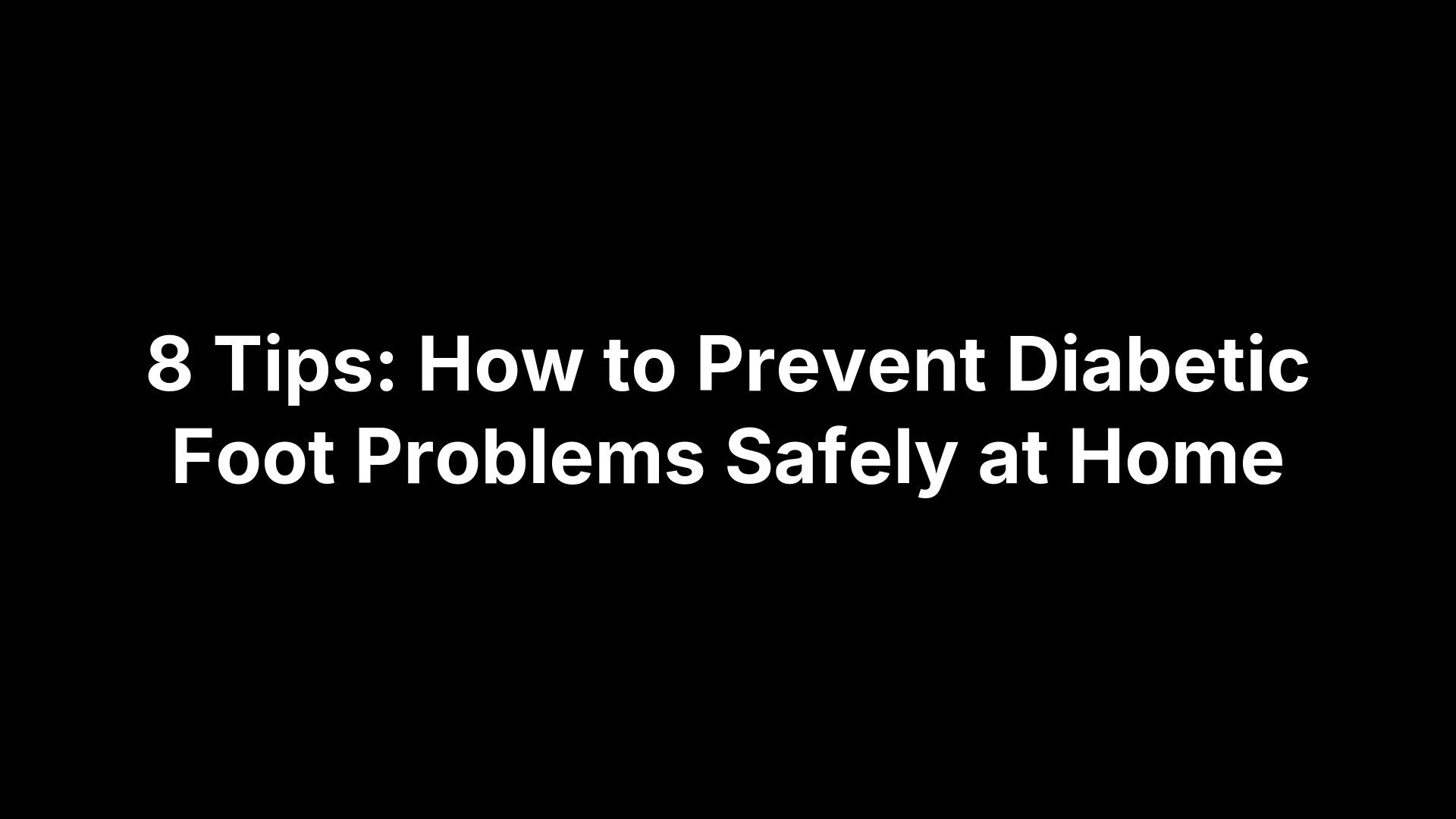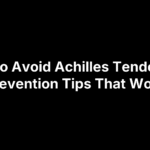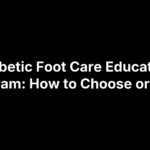Gait analysis is a clinical look at the way you stand and move. During a podiatrist-led assessment, we watch you walk (and sometimes run), measure pressures under your feet, and track joint motion to see how your feet, ankles, knees, and hips work together. The goal is simple: connect your symptoms—heel pain, shin splints, knee ache, back tightness—to the mechanics causing them so we can target treatment and prevent future injury.
If you’re looking for a gait analysis podiatrist, this guide explains what the assessment involves, who benefits, and the tools we use in clinic. You’ll see how results translate into treatment—orthotics, footwear changes, physical therapy, or surgery—what it costs, how insurance applies, and how to prepare. We’ll also cover signs it’s time to book, special considerations for athletes, people with diabetes, and kids, plus how to choose the right specialist in Central Virginia.
Who benefits from gait analysis and what it can reveal
If foot, ankle, knee, hip, or back pain shows up when you’re on your feet, you’re a candidate. A gait analysis podiatrist is especially helpful for runners and court athletes, people who stand all day at work, patients with diabetes or neuropathy, kids with in-toeing/out-toeing or toe-walking, and anyone with recurrent sprains or stubborn heel pain.
- Abnormal foot motion: Overpronation or oversupination affecting knees and hips.
- Joint limits: Restricted ankle dorsiflexion or stiff big toe reducing push-off.
- Structural issues: Flat feet, high arches, bunions, or other deformities.
- Muscle/nerve patterns: Weakness, timing errors, or nerve dysfunction (via EMG).
- Alignment problems: Skeletal or joint malalignment and arthritic compensation.
- Pressure hotspots: High-load areas that raise blister, callus, or ulcer risk (critical in diabetes).
What happens during a podiatrist-led gait analysis
We start by listening—where it hurts, when it flares, what shoes you wear, and what you want to get back to. Then we pair that story with a focused exam and objective motion data so we can connect symptoms to mechanics and map a clear path to relief.
- History and exam: We review your goals and medical records, inspect shoe wear, and assess posture, joint range of motion, strength, flexibility, and basic neurologic function.
- Set-up: You’ll change into shorts so joints are visible. We may place reflective markers on the pelvis and legs, apply small skin electrodes for EMG, and position you on a pressure walkway or force plates with video cameras.
- Walking trials: You walk at a comfortable pace (and run if relevant) across a long walkway or on a treadmill for several passes while the system records stride, step time, and pressure patterns.
- Targeted maneuvers: Single-leg stance, heel-rise, and toe-off tests help confirm specific findings.
- Immediate review: We play back slow-motion video, correlate it with force/pressure data, and combine it with the exam to outline next steps.
Tools and technology used in clinical gait analysis
To move from observation to objective insight, a gait analysis podiatrist pairs high-speed video with sensors that capture timing, pressure, forces, and joint angles in real time. The result is a synchronized picture of how you load and move—numbers and visuals we can compare side-to-side and against expected norms.
- Pressure-sensing walkways/mats: Footfall timing, stride metrics, and plantar pressure maps.
- Force plates: Ground-reaction forces and pressure under each step.
- 3-D motion capture (markers + infrared cameras): Joint angles and moments through gait.
- Surface EMG: Muscle activation timing and asymmetries.
- Slow-motion, multi-angle video with synced software: Clear visuals and measurable change over time.
How results are interpreted and shared with you
We synthesize your slow‑motion video, pressure maps, force data, 3‑D joint angles, EMG, and the physical exam into a single story. A gait analysis podiatrist compares right-to-left symmetry and your measurements against expected norms, links deviations (for example, excessive pronation, limited ankle dorsiflexion, or big‑toe stiffness) to your symptoms, and identifies root causes to target first.
- Clear visuals: Annotated slow‑motion clips and plantar pressure images.
- Key numbers: Stride length, step time, ground‑reaction forces, joint angles, and timing.
- Action plan: A concise written summary with priorities, recommended treatments, and a baseline for follow‑up testing.
Treatment options guided by gait analysis
Your results drive a personalized plan that targets root causes, not just symptoms. We typically start with conservative care and build only as needed. Each recommendation maps directly to a measured finding in your gait, so you know why it’s prescribed and how it will help.
- Custom orthotics: Control excess pronation/supination, improve alignment, and redistribute pressure (functional or accommodative as needed).
- Targeted physical therapy: Posterior tibial and intrinsic foot strengthening, hip/core stability, calf flexibility, and proprioceptive/balance work tied to your deficits.
- Footwear changes/modifications: Motion‑control shoes for overpronation, cushioning for rigid high arches, rocker‑sole for limited big‑toe motion, plus heel lifts or metatarsal pads when indicated.
- Bracing/taping: Stabilize chronic ankle instability or support tendons during rehab.
- Load management: Training tweaks, surface/shoe rotation, and return‑to‑run progressions for athletes.
- Image‑guided injections: Reduce inflammation to enable rehab when appropriate.
- Surgery: Reserved for severe deformity or refractory cases.
We re‑test key gait metrics to confirm improvement and fine‑tune orthotics or therapy.
Clinical gait analysis vs. running store assessments
A quick “gait check” at a running store can be useful for basic shoe selection, but it isn’t a medical evaluation. A podiatrist-led clinical gait analysis is diagnostic: it quantifies how you load and move, links mechanics to pain or injury risk, and produces a targeted treatment plan.
- Scope: Store = shoe fit; clinic = diagnosis plus treatment.
- Tools: Store = visual/treadmill video; clinic = pressure walkways/force plates, 3‑D motion capture, EMG, slow‑motion video.
- Expertise: Store staff vs. podiatrist with medical training.
- Output: Shoe recommendation vs. written report with orthotics, PT, bracing, or surgery as needed.
- Safety: Clinical screening for arthritis, nerve dysfunction, and diabetic pressure hotspots; pediatric gait concerns.
- Payment: Stores often offer “free with purchase”; clinical services are billed as medical care.
Cost and insurance: what to expect
Clinical gait analysis in our office is a covered medical evaluation—not a retail add‑on. It’s billed like a podiatry specialty visit, with instrumented testing added only when medically necessary. Your cost depends on copay, deductible, and plan rules. We accept major insurance plans, including Medicare and Medicaid.
- What’s billed: Office visit plus any pressure/force/video testing when indicated.
- Coverage: Insurers typically cover medically necessary evaluation and testing.
- Orthotics/bracing: Often separate benefits; coverage varies; FSA/HSA eligible.
- Physical therapy: Applied to your PT benefits if prescribed.
- Imaging/injections/surgery: Only if needed; prior authorization may apply.
- Referrals/estimates: HMOs may require a PCP referral; ask us to verify benefits and provide an estimate.
How to prepare for your appointment
A little prep helps us capture your real-world movement and get you answers faster. Dress so joints are visible, bring the gear you actually use, and gather any prior records so we can connect your story to the data in one visit with your gait analysis podiatrist.
- Wear fitted clothing: Tight-fitting shorts and shirt; shorts should not cover the knees to allow clear observation and measurements.
- Bring your footwear: Everyday shoes, work boots, athletic shoes, insoles, custom orthoses, and any braces you use.
- Pack records: Relevant medical reports and imaging (X-ray, MRI, prior consultations).
- Come as you move: Wear the socks you usually use and be ready to walk at a comfortable pace for several trials.
- Know your goals: Note where and when pain shows up, past injuries, and what activities you want to return to.
Signs it’s time to book a gait analysis
Your body is already sending signals when mechanics are off. If pain or instability shows up whenever you’re on your feet—or you keep chasing the same injury—it’s time to get objective answers. Book a clinical gait analysis to connect symptoms to causes and protect your next steps.
- Persistent pain with standing or walking: Foot, ankle, knee, hip, or back.
- Recurrent injuries: Plantar fasciitis, Achilles pain, shin splints, or stress-type aches.
- Instability or sprains: Balance issues or a “giving way” feeling.
- Asymmetry: Uneven shoe wear, limping, or one-sided soreness after activity.
- Nerve/pressure signs: Numbness, tingling, calluses, or blisters—especially with diabetes.
- Pediatric patterns: In-toeing, out-toeing, or toe-walking that isn’t improving.
- Unresolved after care changes: Ongoing pain after new orthotics, surgery, or big training increases.
Special considerations for athletes, people with diabetes, and children
Different bodies, goals, and risks call for tailored protocols. A gait analysis podiatrist adjusts testing and treatment to match your activity level, medical needs, and stage of development so you get safe, effective results without guesswork.
- Athletes: Sport‑specific video and sensor data (including cadence and ground‑contact time) guide load management, shoe selection/rotation, targeted strength, and return‑to‑run plans. We track side‑to‑side symmetry and re‑test to confirm progress.
- People with diabetes: Plantar pressure mapping pinpoints hotspots to prevent ulcers. Expect accommodative orthoses, rocker‑sole footwear, and ongoing monitoring to reduce pressure and protect skin integrity.
- Children: We interpret gait in the context of normal development (for example, flat feet are common in toddlers). Persistent in‑/out‑toeing or toe‑walking warrants evaluation; early exercises, shoe guidance, or orthoses can steer growth-friendly mechanics.
Risks and limitations to keep in mind
Clinical gait analysis is noninvasive and generally very safe. Most testing uses video, pressure mats, force plates, reflective markers, and surface EMG—no needles or radiation. Still, like any test, it has bounds. Results are most powerful when combined with an exam and, when needed, imaging or other studies to confirm structural or neurologic issues.
- Lab vs. real life: Short, controlled walks may not capture fatigue or long‑run mechanics.
- Snapshot in time: Pain that comes and goes can be hard to reproduce on test day.
- Equipment limits: Surface EMG reads superficial muscles; deep activity is inferred.
- Setup variability: Marker placement, clothing, and footwear can influence data.
- Not a stand‑alone diagnosis: X‑rays, CT, MRI, or nerve tests may still be required.
- Minor skin irritation: Rarely from adhesive markers or EMG electrodes.
How to choose the right podiatrist for gait analysis
The right gait analysis podiatrist blends medical expertise with objective technology and a clear plan you can act on. Ask how they test, how they interpret, and how results change your care. Look for a clinic built to diagnose and treat—so you’re not left shopping for answers elsewhere.
- Board-certified podiatrist: Musculoskeletal and biomechanics experience.
- Instrumented lab: Pressure/force plates, 3‑D motion, EMG, slow‑mo video.
- Actionable reporting: Visuals, key metrics, written plan.
- Full-spectrum care on-site: Orthotics, PT, bracing, injections, surgery.
- Population expertise: Athletes, diabetes/neuropathy, pediatrics.
- Access and coverage: Insurance accepted, estimates, convenient scheduling.
Timeline, follow-up, and measuring progress
Most patients notice meaningful changes within 2–4 weeks as strength, mobility, and footwear/orthotics start working; full adaptation to custom orthoses and larger strength gains often takes 3–6 months. We use your baseline gait data to set targets, then re‑test key elements at follow‑ups to confirm that mechanics—and symptoms—are moving in the right direction.
- Symptoms and function: Pain scores, standing/walking tolerance, and return-to-activity goals.
- Gait symmetry and timing: Stride length, step time, and side‑to‑side differences.
- Pressure maps: Reduction of plantar “hotspots,” especially important in diabetes.
- Joint mechanics: 3‑D angles/moments and pronation/supination timing trending toward norms.
- Functional tests: Single‑leg balance, heel‑rise endurance, and task performance.
We refine orthotics, progress PT, and adjust load based on these measures.
Frequently asked questions
You don’t need to guess your way back to comfort. A clinical gait analysis answers the “why” behind pain and gives you a plan. Below are the questions we hear most from patients—runners, workers on their feet, parents, and people managing diabetes—along with straightforward answers from a gait analysis podiatrist.
- Do I have to run? No. We analyze comfortable walking first; running is added if it relates to your goals or symptoms.
- What should I wear/bring? Tight‑fitting shorts and shirt, everyday and athletic shoes, any insoles/orthoses/braces, and relevant medical records.
- Is it safe? Yes—noninvasive testing; rare mild skin irritation from markers or electrodes.
- Will I get results the same day? Yes. We review slow‑motion video and pressure maps with an action plan.
- Do I need a referral/Is it covered? HMOs may require a referral; medically necessary testing is typically covered by insurance.
- Will I need orthotics? Only if your data indicate they’ll help; often paired with targeted physical therapy and footwear changes.
Key takeaways
Clinical gait analysis links your pain to root-cause mechanics and converts objective data into a plan you can follow. It’s safe, fast, and actionable, giving you clarity on what to change today and how we’ll measure progress over time.
- What it is: Podiatrist-led video, pressure/force, and motion testing.
- Who benefits: Athletes, workers on their feet, people with diabetes, kids, and anyone with chronic or recurrent pain.
- Why it helps: Flags pronation issues, joint limits, pressure hotspots, and muscle timing errors.
- What you receive: Clear visuals, key numbers, targeted care; surgery only when necessary.
- Cost/coverage: Billed as medical care; insurance often covers evaluation and testing.
Ready to move without guesswork? Book a same-day or convenient appointment at Achilles Foot and Ankle Center; multiple Central Virginia locations, major insurance accepted.






